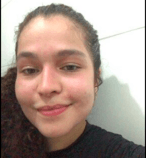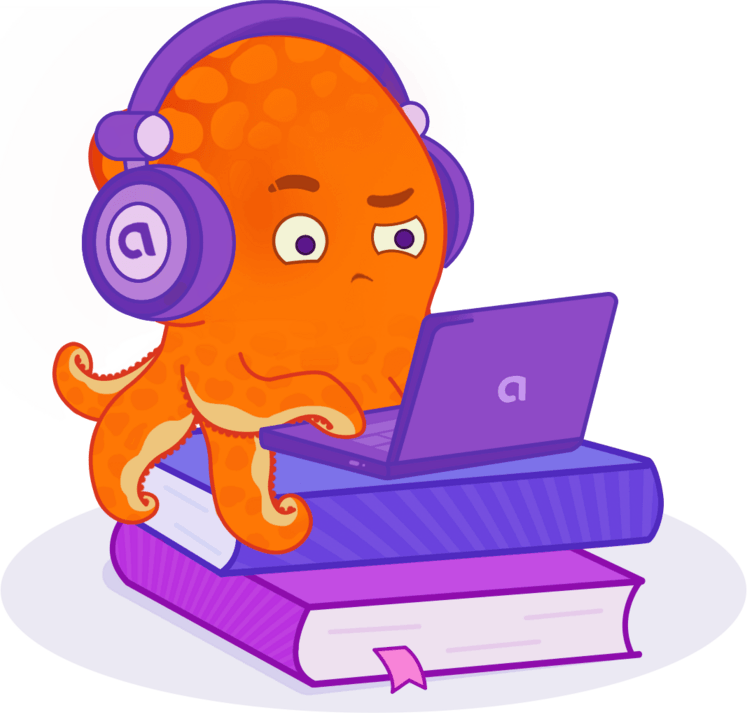ITA 2008
A questão refere-se ao texto a seguir:
Taking Measure With Hardware and Software
The researchers who founded National Instruments Corp switched from building their own equipment to beefing up other people’s.
“You could start a company.” That offhand comment by Jim Truchard got Jeff Kodosky and Bill Nowlin thinking. Within days, Truchard and his two employees at the Applied Research Laboratories (ARL) at the University of Texas at Austin (UT) decided to give it a go. That was in February 1976. By May, the trio had incorporated. Today, National Instruments Corp has annual Sales topping $425 million, employs more than 3100 people, sells some 1500 hardware and software products, and, for five years running, has been rated by Fortune magazine as one of the 100 best companies to work for.
At ARL, Truchard headed an underwater acoustic measurements lab. “I had about two dozen different projects, all the way from basic acoustics to pragmatic testing of military sonar beam formers,” he says. Truchard went into science because of Sputnik. “I was right on the cusp of that movement. We were all taking Russian and physics,” he says. He earned bachelor’s and master’s degrees in physics and did his PhD — on a nonlinear parametric acoustic receiving array — in electrical engineering, all at UT. Kodosky and Nowlin both worked part-time for Truchard while enrolled at UT. Nowlin earned a master’s in electrical engineering and Kodosky, who has a bachelor’s in physics from Rensselaer Polytechnic Institute, worked toward a PhD; he drifted between theoretical high-energy physics and computer science but did not complete the degree. (…)
Physics intuition
Both Kodosky and Truchard point to their physics training as playing a role in their success with National Instruments. Says Truchard, “Acoustical measurements are fairly tricky, and it happens to be a smaller area where you didn’t have off-the-shelf equipment. You had to build equipment. That background, and the measurements themselves, created a basis.” What’s more, he adds, “the physics background helps create good intuition. I think having solved differential equations and learned about gradients, you know how things are going to work out. I’ve always felt it helped me develop intuition about business.”
In leaving academic research, says Kodosky, “we took a giant step back from what we were working on. ARL was cutting edge. Now it was customers who were doing the interesting experiments.” Still, he and Truchard say they have more impact on science by supplying tools than they would have had as researchers. “We can have a nonlinear effect on the productivity of the science and engineering community. There is plenty of anecdotal evidence that our virtual instrumentation can make people 5 to 10 times as productive,” Kodosky says. “I personally would find it frustrating [to do research] because it’s slow, but dropping by a customer’s site every couple of years is fun. We live vicariously through them.”
Toni Feder
Physics Today, July 2004
A expressão What’s more (2ª coluna, 1° Parágrafo) NÃO pode ser substituída por
Nevertheless.
Besides.
Also.
Moreover.
Furthermore.
Resolução
Para responder corretamente a essa questão, é necessário compreender o significado da expressão 'What's more', que é usada para adicionar informações que estão em concordância ou que reforçam o que foi dito anteriormente. As opções B, C, D e E (Besides, Also, Moreover, Furthermore) são sinônimos ou têm significados próximos a 'What's more', ou seja, também são usadas para adicionar informações complementares ou reforçar um ponto. Por outro lado, a opção A ('Nevertheless') é usada para indicar um contraste ou uma concessão, e não para adicionar informações de maneira similar. Portanto, 'Nevertheless' não pode substituir 'What's more' no contexto apresentado.
Dicas
Identifique se a expressão 'What's more' está adicionando informações ou apresentando um contraste.
Relembre o significado dos conectores aditivos e contrastivos em inglês.
Considere o contexto em que a expressão 'What's more' foi usada para entender seu propósito.
Erros Comuns
Um erro comum seria assumir que todas as opções são sinônimos sem considerar a nuance de significado entre conectivos aditivos e contrastivos.
Conhecer conectivos e suas funções é crucial para compreensão e construção de textos em inglês. Conectivos como 'What's more', 'Besides', 'Also', 'Moreover' e 'Furthermore' são aditivos e servem para adicionar informações. Já 'Nevertheless' é um conectivo contrastivo, usado para apresentar uma ideia contrária ou uma concessão em relação ao que foi dito anteriormente.





